The Cockalier is a captivating hybrid, a blend of two well-loved breeds: the Cocker Spaniel and the Cavalier King Charles Spaniel. This crossbreed inherits the sweet-natured loveliness and sprightly spirit of its parent breeds, making it a cherished companion in many homes. Known for their endearing appearance and affable temperament, Cockaliers seamlessly integrate charm and warmth into the daily lives of their families.
Read More: The History of Dog Breeding and The Rise of Designer Dogs
Origins and History

The Cocker Spaniel Heritage
Originating in Spain as early as the 14th century and later refined in England, the Cocker Spaniel was bred primarily for bird hunting. Renowned for its joyful disposition and relentless energy, this breed’s keen hunting abilities and compact size made it ideal for flushing game from the brush. The Cocker Spaniel’s long, lush coat, which comes in a variety of colors and patterns, not only serves as protection in rough hunting terrain but also adds to its visual allure.
The Cavalier King Charles Spaniel Influence
The Cavalier King Charles Spaniel, on the other hand, traces its royal roots back to the Renaissance courts of Europe, where it was a favorite among nobility. This dog breed is celebrated for its elegant appearance and affectionate nature. Cavaliers are particularly known for their expressive eyes and beautiful, silky fur. As companion dogs, the Cavalier King Charles Spaniel excels, offering comfort and companionship with a gentle, loving temperament.
Development of the Cockalier Mix
The Cockalier combines these traits from its parent breeds, aiming to meld the robust energy of the Cocker Spaniel with the gentle, affectionate nature of the Cavalier. This crossbreed was likely developed to achieve a balanced temperament, suitable for families seeking a moderately active and highly companionable pet. As with many designer breeds, the Cockalier was also bred with the hope of minimizing some of the health issues that can be prevalent in pure breeds, by leveraging the benefits of hybrid vigor.
Understanding the Cockalier and Designer Dogs
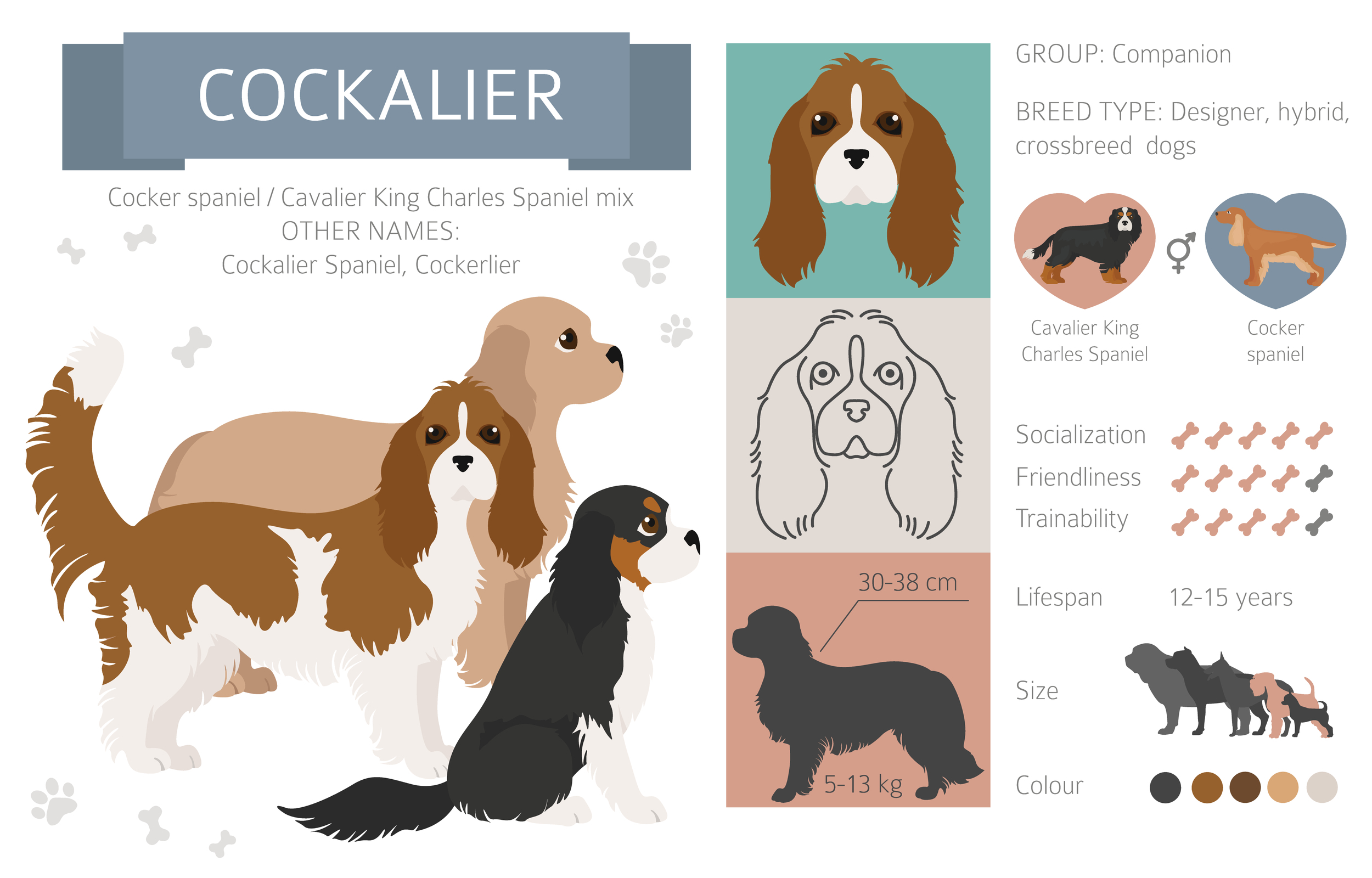
Importance of Understanding Breeding Generations (F1, F1b, F2, etc.)
When considering a Cockalier, it’s crucial to understand the specifics of its breeding generations. F1 Cockaliers are first-generation, resulting directly from mixing a purebred Cocker Spaniel with a purebred Cavalier King Charles Spaniel. F1b Cockaliers involve backcrossing to one of the original parental breeds, typically aiming for specific traits like coat type or temperament. F2 Cockaliers are the result of breeding two F1 Cockaliers. Each generation may have different characteristics and health implications, making this knowledge essential for prospective owners. When developing purebred dog breeds, it can take multiple generations and very careful planning to achieve the desired traits of the breed standard.
Read More: What are Purebred Dogs?
The Appeal of Mixed Breed Dogs
Mixed breed dogs like the Cockalier often attract owners through their unique combinations of physical traits and personalities. These dogs can benefit from hybrid vigor, potentially inheriting fewer genetic health issues compared to their purebred counterparts. Additionally, mixed breeds can exhibit a blend of traits that provides a balance not always found in purebreds, such as the Cockalier’s mix of the Cavalier’s affectionate nature and the Cocker Spaniel’s lively spirit.
Predictability in Mixed Breeds
Trait variability in mixed breeds such as the Cockalier can be significant, with some puppies inheriting more traits from one breed and others favoring the other. This unpredictability can affect not only the dog’s physical appearance but also its health and temperament. For potential owners, this means that while Cockaliers generally share certain desirable traits, each individual dog might display a unique mix, requiring flexibility and understanding from their human companions.
The genetic makeup of Cockaliers influences both their behavior and health profile. While hybrid vigor can lead to healthier individuals, it’s not a guarantee; Cockaliers can still inherit health issues common to either Cocker Spaniels or Cavalier King Charles Spaniels.
Physical Characteristics of the Cockalier
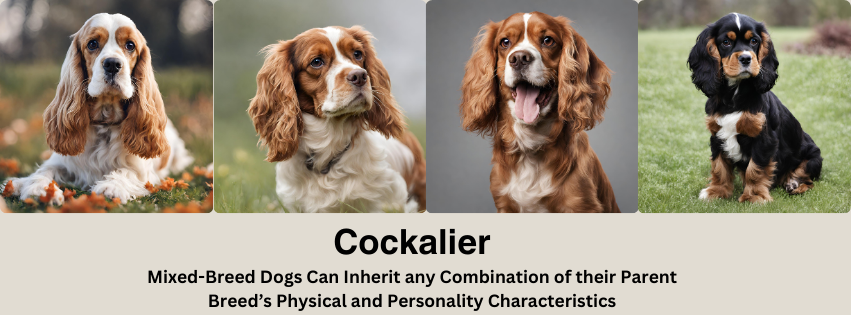
Appearance and Build
Cockaliers often exhibit a delightful blend of their parents’ physical features. Their coats are typically soft and wavy, reminiscent of the Cocker Spaniel, with the potential for the Cavalier’s silky texture. They may inherit the floppy ears of the Cocker and the expressive, large eyes of the Cavalier, contributing to a heartwarming expression.
Size and Coat Color
On average, Cockaliers weigh between 15 to 30 pounds and stand about 12 to 15 inches at the shoulder. Their coat colors can range from solid hues to mixed patterns, including black, brown, white, and tan, often in charming blends that enhance their appeal.
Temperament and Personality Traits
General Temperament
Cockaliers are known for their amiable and adaptable nature. They combine the Cavalier King Charles Spaniel’s affectionate and gentle demeanor with the Cocker Spaniel’s vivacity and resilience. This mix results in a breed that is both energetic and loving, suitable for a variety of living situations.
Compatibility with Families
These dogs thrive in a family environment, showing a particular affinity for children. They are also typically friendly towards other pets, making them ideal for households with multiple animals. Their social nature means they integrate well into the family dynamic, often becoming deeply attached to their owners.
Behavioral Traits
Cockaliers are eager to please and relatively easy to train, responding well to positive reinforcement. They enjoy being involved in family activities and require regular interaction to keep them happy. Mental stimulation is crucial for this breed to prevent boredom, necessitating engaging toys, games, and puzzles to keep their minds active.
Intelligence and Trainability
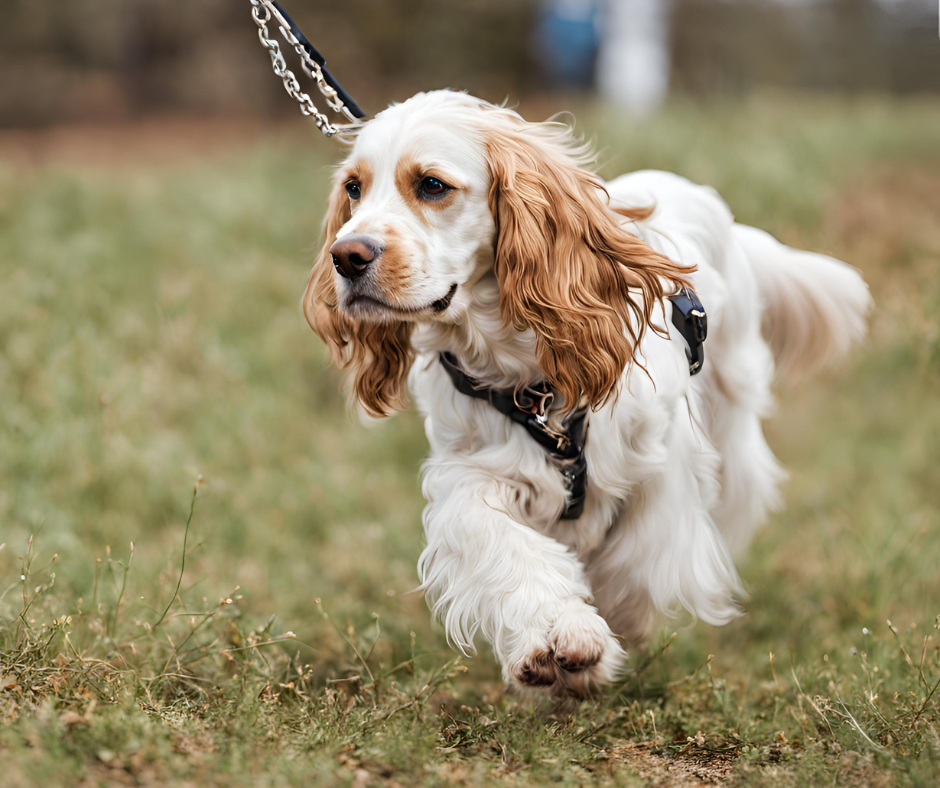
Learning and Intelligence
The Cockalier inherits high intelligence from both its parent breeds. This mixed breed shows quick learning abilities, often mastering basic commands and tricks with ease. Their intelligence makes them suitable for a variety of tasks including therapy work, where they excel due to their sensitive and perceptive nature.
Training Techniques
Positive reinforcement techniques work best with Cockaliers, owing to their desire to please their owners and their sensitive nature. Early training sessions should focus on basic obedience, and as they advance, more complex commands can be introduced. Regular, short training sessions help maintain their focus and prevent them from becoming bored.
Challenges in Training
While generally eager to learn, Cockaliers can sometimes inherit the Cocker Spaniel’s occasional stubbornness or the Cavalier’s sensitive disposition, which may require a bit more patience during training sessions. Consistency and a gentle, firm approach are key to successfully training this breed.
Health and Lifespan
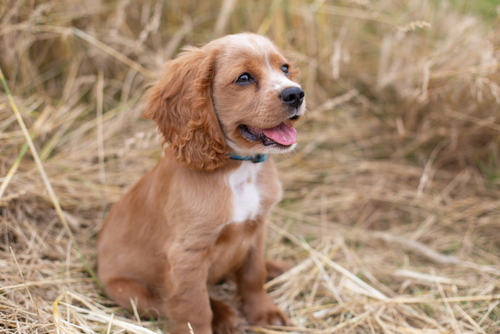
Common Health Issues
Cockaliers, like all breeds, are susceptible to certain health issues. Common concerns include ear infections due to their floppy ears, as well as eye conditions like progressive retinal atrophy. They may also inherit heart conditions from the Cavalier side, particularly mitral valve disease, and joint issues such as hip dysplasia from the Cocker Spaniel side.
Lifespan and Wellness Tips
Typically, a Cockalier lives for about 12 to 15 years. To ensure a healthy life, regular veterinary check-ups are crucial. This should include routine screenings for the common health issues prevalent in their parent breeds. Diet plays a significant role in their overall health, so high-quality food suited to their age, size, and energy level is recommended. Regular exercise helps manage their weight and contributes to joint health.
Preventative Care
Preventative care is crucial for extending the lifespan and enhancing the quality of life for Cockaliers. This includes regular dental care, as both parent breeds can suffer from dental issues, and keeping their ears clean and dry to prevent infections. Vaccinations and parasite control are also fundamental components of their health regimen.
Grooming and Care
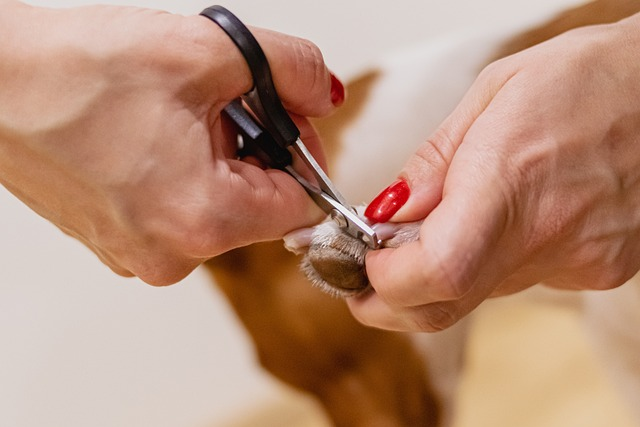
Grooming Needs: Cockaliers require regular grooming to maintain their beautiful coat and overall health. They should be brushed several times a week to prevent tangles and matting, especially in the longer, feathered areas around the ears, chest, and legs. Bathing should be done monthly or as needed, using a mild dog shampoo to protect their skin and coat.
Nail Care and Dental Hygiene: Regular nail trimming is crucial to prevent discomfort and mobility issues. Cockaliers also need consistent dental care to avoid common dental problems. Brushing their teeth several times a week or using dental chews can help maintain oral health.
Exercise and Activity Needs
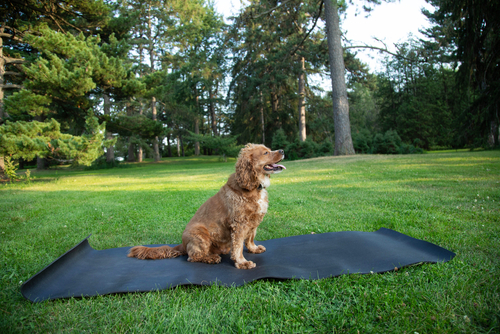
Physical Exercise: Cockaliers are moderately active and require regular exercise to stay healthy and happy. Daily walks, coupled with some playtime in a fenced yard or a park, are essential. They enjoy interactive activities like fetch, which also stimulate their mind.
Mental Stimulation: Mental exercise is just as important as physical activity for this breed. Puzzle toys, training sessions, and games that challenge their intellect are excellent ways to keep them engaged and prevent boredom, which can lead to destructive behavior.
Social Activities: Given their sociable nature, Cockaliers benefit from activities that involve interaction with other dogs and people. Regular visits to dog parks or doggy daycare can provide valuable socialization opportunities, helping to maintain their friendly disposition.
Training and Socialization
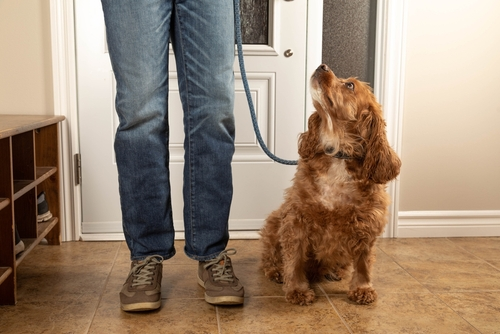
Importance of Early Training: Cockaliers benefit greatly from early training to harness their intelligent and sometimes spirited nature. Starting obedience training during puppyhood helps establish good behaviors and curb any undesirable traits early on. Socialization with humans and other animals at a young age is also crucial, as it helps develop a well-rounded, sociable dog that is comfortable in various situations.
Advanced Training Opportunities: As Cockaliers are quick learners, they are excellent candidates for advanced training classes such as agility or obedience competitions. These activities not only deepen the bond between dog and owner but also provide mental stimulation and physical exercise, which are key to keeping this breed happy and healthy.
Read More: Guide to Behavioral Training
Challenges and Considerations
Potential Challenges
Cockaliers may inherit the Cocker Spaniel’s propensity for stubbornness or the Cavalier King Charles Spaniel’s sensitivity, which can pose training challenges. Consistency and patience are essential in training sessions to effectively manage these traits.
Tips for Prospective Owners
Prospective Cockalier owners should prepare for an active engagement in their pet’s daily life. They should plan for regular grooming, training, and health care. Understanding the breed’s needs and characteristics is crucial to providing a nurturing environment. Engaging with breed-specific groups and clubs can also provide additional support and resources for new owners.
Breed Development
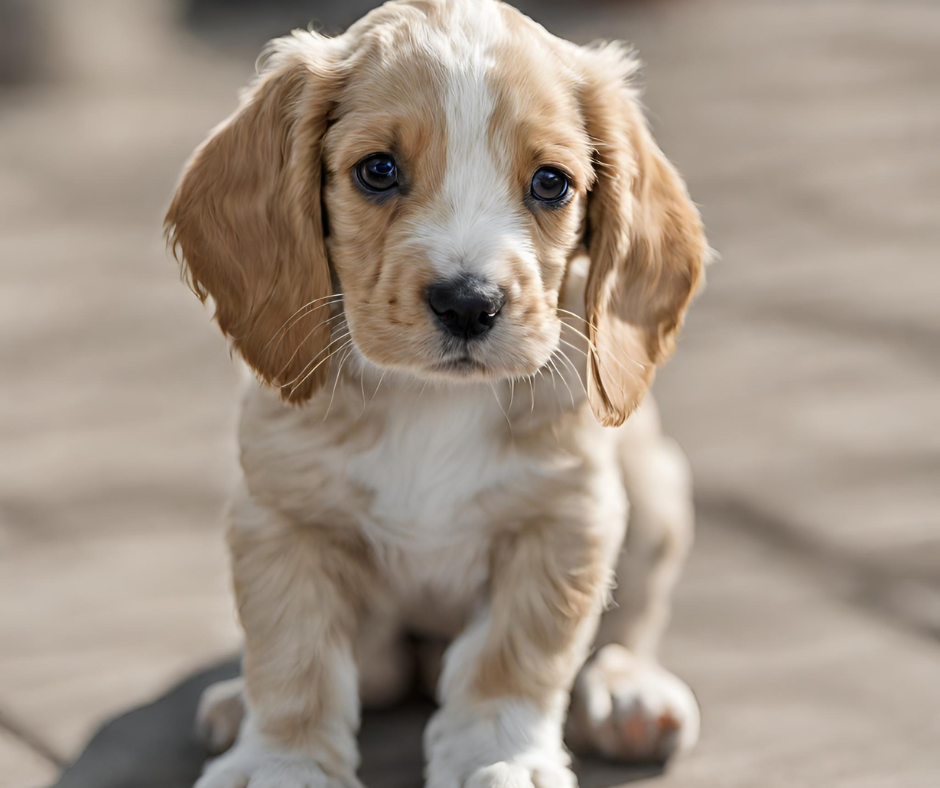
The Cockalier, as a relatively new entrant in the world of designer dogs, sees its development shaped by the concerted efforts of dedicated breeders, owners, and enthusiasts. These stakeholders are focused on defining and refining the breed’s standards.
Establishing a Breed Standard Unlike established purebreds, Cockaliers lack formalized breed standards. Enthusiasts are keen on creating consistent guidelines that detail the breed’s appearance, temperament, and other traits, emphasizing health and functional abilities reflecting its dual heritage.
Health and Temperament Prioritizing the Cockalier’s health and temperament is crucial, with ongoing efforts to identify and promote physical and behavioral traits that support their roles as companions or working dogs.
Functional Abilities Preserving functional abilities relevant to the parent breeds is essential, ensuring Cockaliers retain capabilities for activities like retrieving and agility, alongside their suitability as family pets.
The Path to Recognition While not currently recognized by major kennel clubs like the AKC, there are clear steps toward recognition, including:
-
Documentation and Registration: Establishing a registry to document generations of Cockaliers, tracking their health records and achievements.
-
Breed Clubs: Forming dedicated breed clubs is critical. These clubs can advocate for the breed, organize events, and centralize efforts towards breed development.
-
Community Engagement: Fostering a robust community of Cockalier owners and breeders is vital for raising breed awareness and sharing best care practices.
Challenges and Opportunities The path to standardizing traits and achieving formal recognition presents both challenges and opportunities. Emphasizing the breed’s diversity and educating the public about the Cockalier can help ensure these dogs find suitable homes and thrive.
Adoption, Costs, Community Support
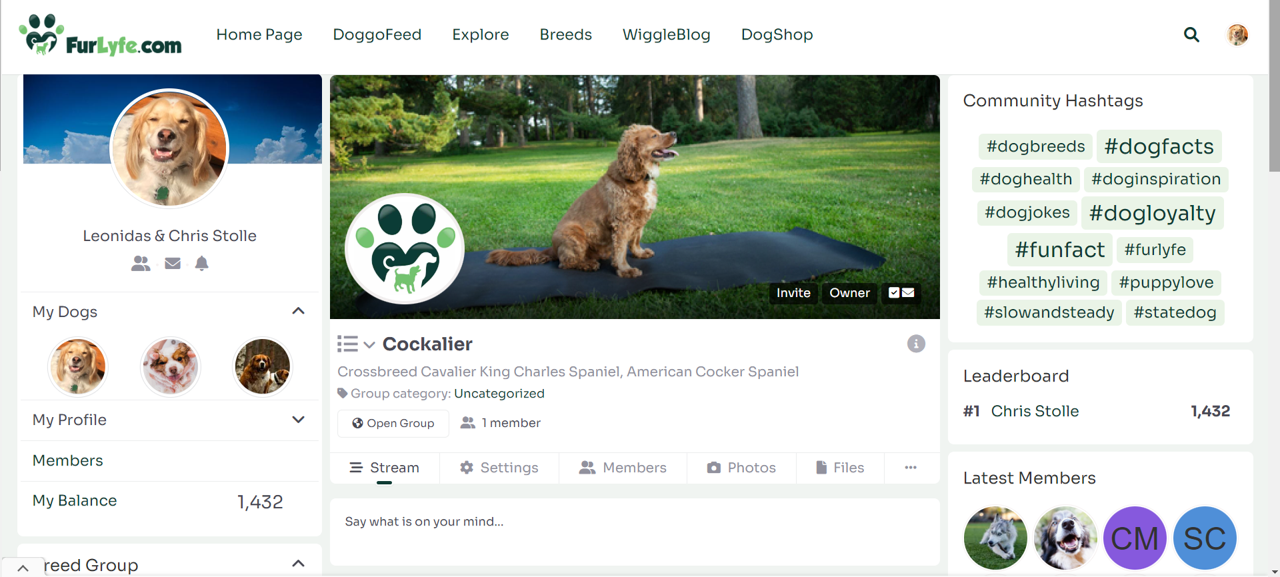
Where to Find a Cockalier: Prospective owners can find Cockalier puppies through a reputable breeder who specialize in this crossbreed. It’s essential to research breeders thoroughly to ensure they adhere to ethical breeding practices. Adoption from rescue organizations focusing on Cocker Spaniels, Cavalier King Charles Spaniels, or their mixes might also be possible.
Initial Costs and Ongoing Expenses: The initial cost of a Cockalier puppy can vary significantly depending on the breeder’s location, the lineage of the parents, and the puppy’s characteristics. Besides the purchase price, new owners should budget for veterinary check-ups, vaccinations, spaying or neutering, and necessary supplies like a crate, bedding, and grooming tools.
Community and Support: New Cockalier owners can find valuable support and advice from online forums, social media groups, and local clubs dedicated to Cockaliers or their parent breeds. Facebook has a vibrant Cockalier page with over 4000 members. FurLyfe.com also has a Cockalier Group. These communities offer insights into caring for Cockaliers, sharing experiences, and providing recommendations for addressing breed-specific issues.
Final Thoughts on the Cockalier
The Cockalier stands out as an exemplary companion dog, combining the affectionate nature of the Cavalier King Charles Spaniel with the lively spirit of the Cocker Spaniel. This hybrid breed is ideally suited for families seeking a medium-sized dog that is both playful and gentle. With proper care, training, and socialization, Cockaliers can bring a lot of joy and companionship to their human families.
FAQs About Cockaliers
-
What is the life expectancy of a Cockalier? Cockaliers typically live between 12 to 15 years, depending on their health and lifestyle.
-
Are Cockaliers good with children? Yes, Cockaliers are known for their gentle and friendly nature, making them excellent companions for children.
-
How much grooming do Cockaliers need? Cockaliers require regular grooming, including brushing several times a week and monthly baths, to keep their coats healthy and free of tangles.
-
Do Cockaliers have any common health problems? Like their parent breeds, Cockaliers may be prone to certain health issues, such as ear infections, heart conditions, and hip dysplasia. Regular veterinary check-ups are important.
-
Is the Cockalier recognized by major kennel clubs? Currently, Cockaliers are not recognized by major kennel clubs like the AKC, as they are a hybrid breed, but they are recognized by various designer dog registries.
-
What kind of exercise do Cockaliers need? Cockaliers benefit from daily walks and playtime to satisfy their moderate energy levels and to keep them mentally stimulated.

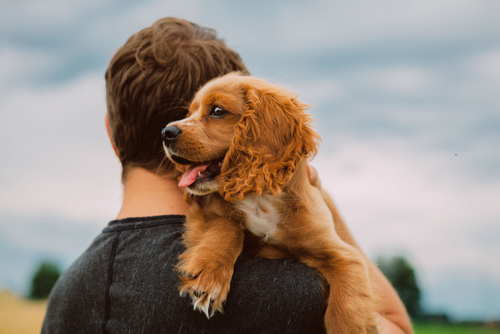
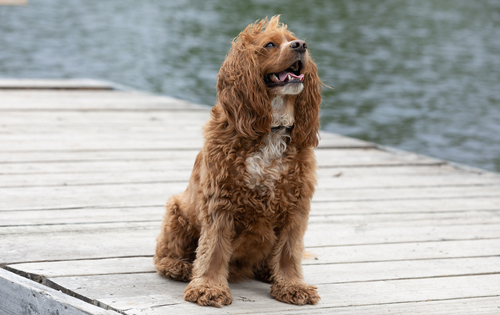
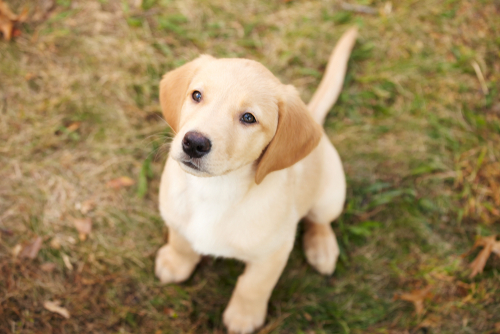
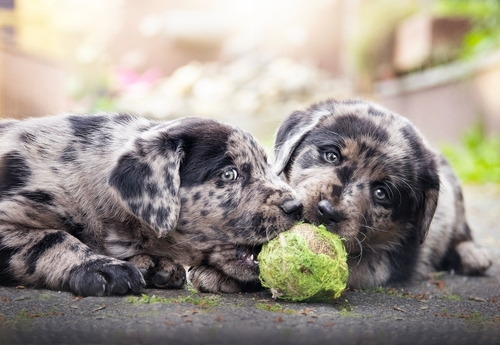
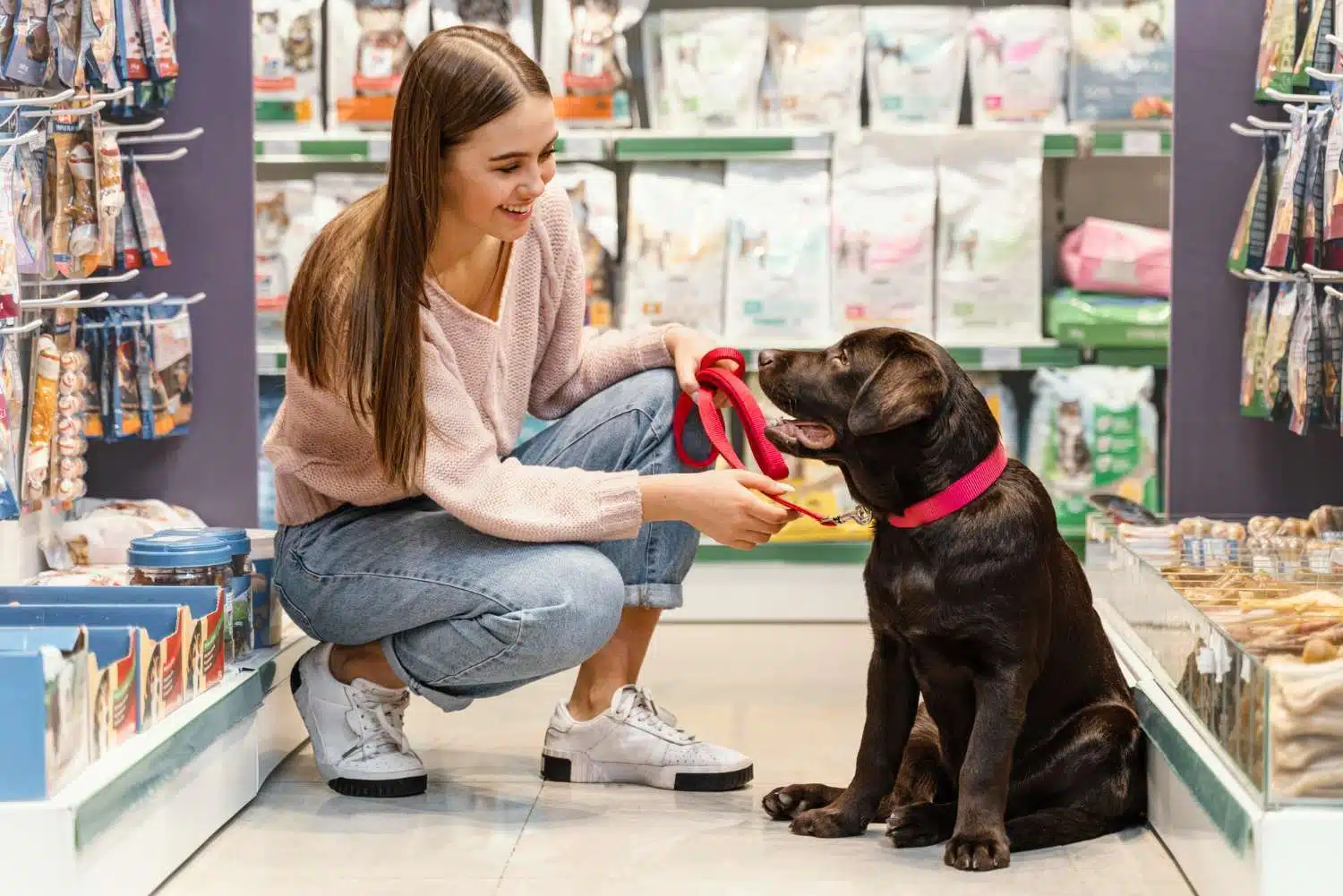

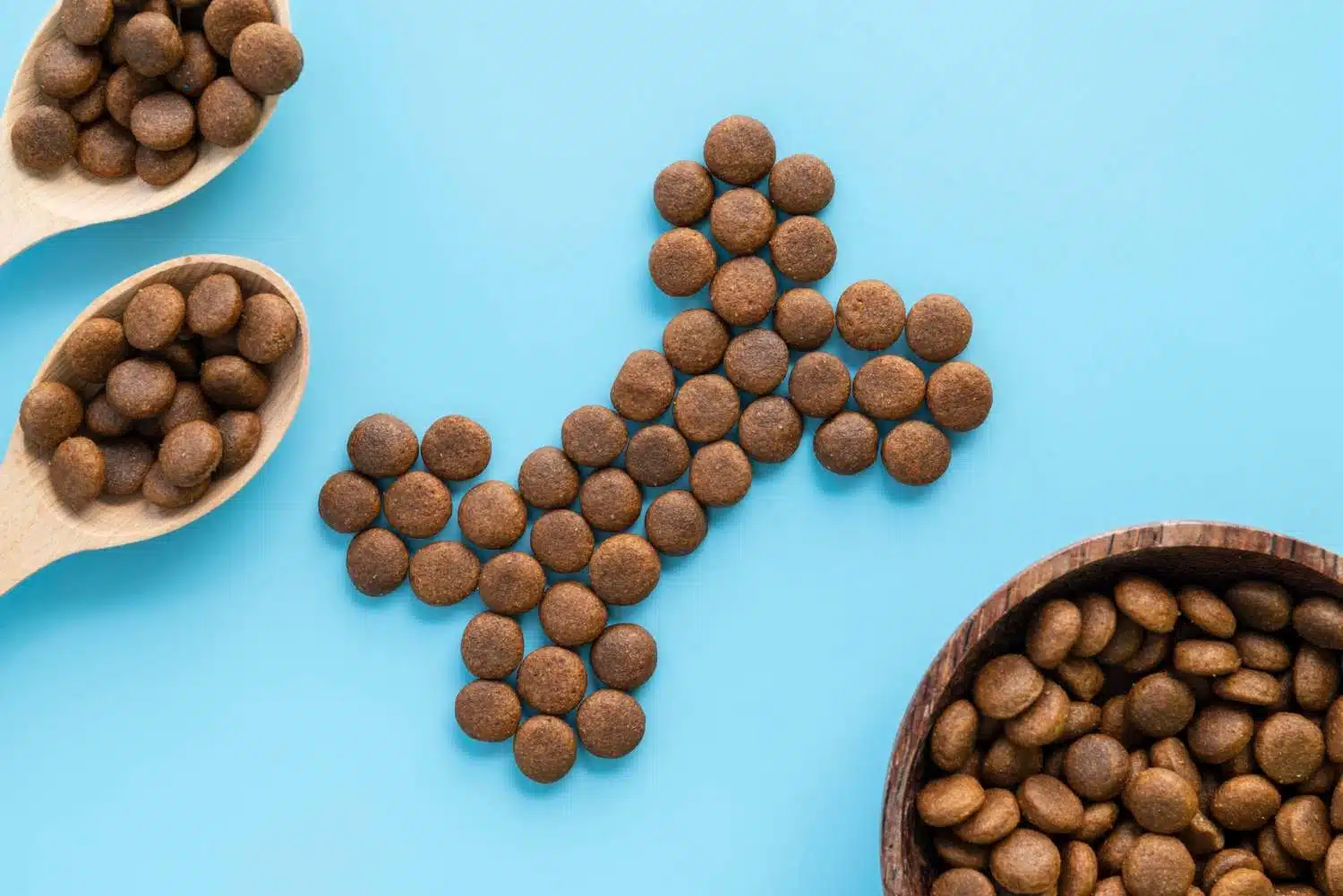


Get involved!
Comments